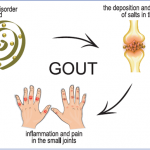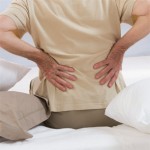“Anything you can do with these non-pharmaceuticals that can get you moving faster is going to get you better in the end,” says Press, who was not involved in developing the new guidelines.
“I hope this reinforces to physicians and patients that a lot of these non-pharmaceutical treatments can have a lot of success,” he tells Reuters Health.
ad goes here:advert-1
ADVERTISEMENT
SCROLL TO CONTINUE
Reference
- Qaseem A, Wilt TJ, McLean RM, et al. Noninvasive treatments for acute, subacute, and chronic low back pain: A clinical practice guideline from the American College of Physicians. Ann Intern Med. 2017 Feb 14. doi: 10.7326/M16-2367. [Epub ahead of print]

